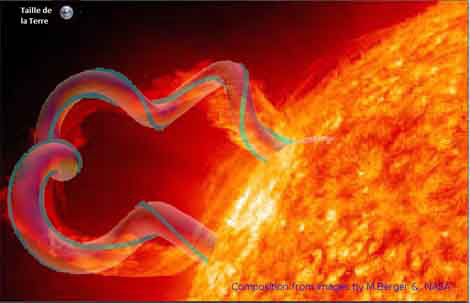 Using 3D numerical models, an international team has discovered a proxy that could be used to forecast an eruptive event. The proxy is associated with magnetic helicity, which reflects the extent of twist and entanglement of the magnetic field.
Using 3D numerical models, an international team has discovered a proxy that could be used to forecast an eruptive event. The proxy is associated with magnetic helicity, which reflects the extent of twist and entanglement of the magnetic field.
May 22nd, 2017
Read more
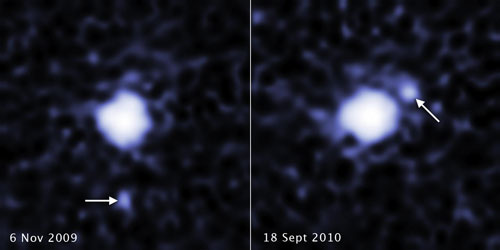 The combined power of three space observatories, including NASA's Hubble Space Telescope, has helped astronomers uncover a moon orbiting the third largest dwarf planet, catalogued as 2007 OR10. The pair resides in the frigid outskirts of our solar system called the Kuiper Belt, a realm of icy debris left over from our solar system's formation 4.6 billion years ago.
The combined power of three space observatories, including NASA's Hubble Space Telescope, has helped astronomers uncover a moon orbiting the third largest dwarf planet, catalogued as 2007 OR10. The pair resides in the frigid outskirts of our solar system called the Kuiper Belt, a realm of icy debris left over from our solar system's formation 4.6 billion years ago.
May 20th, 2017
Read more
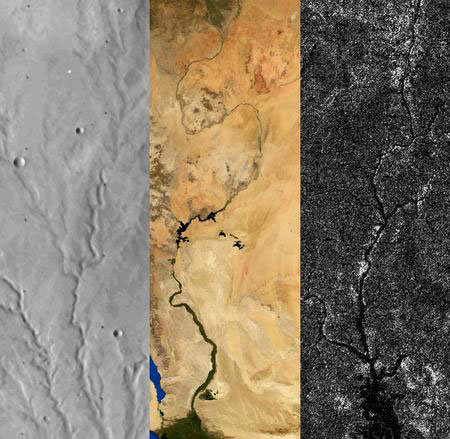 The surfaces of Earth, Mars, and Titan, Saturn's largest moon, have all been scoured by rivers. Yet despite this similarity and the amazingly Earth-like landscapes of Titan complete with valleys, lakes, and mountains, researchers report new evidence that the origins of the topography there and on Mars are different from on Earth.
The surfaces of Earth, Mars, and Titan, Saturn's largest moon, have all been scoured by rivers. Yet despite this similarity and the amazingly Earth-like landscapes of Titan complete with valleys, lakes, and mountains, researchers report new evidence that the origins of the topography there and on Mars are different from on Earth.
May 20th, 2017
Read more
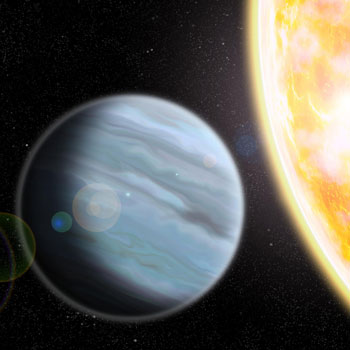 Highly inflated gas giant orbits bright southern star.
Highly inflated gas giant orbits bright southern star.
May 16th, 2017
Read more
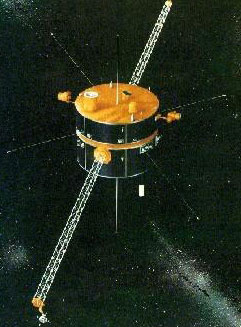 New research has found that when choosing the right model to describe the solar wind, using the one that takes longer to calculate does not make it the most accurate.
New research has found that when choosing the right model to describe the solar wind, using the one that takes longer to calculate does not make it the most accurate.
May 15th, 2017
Read more
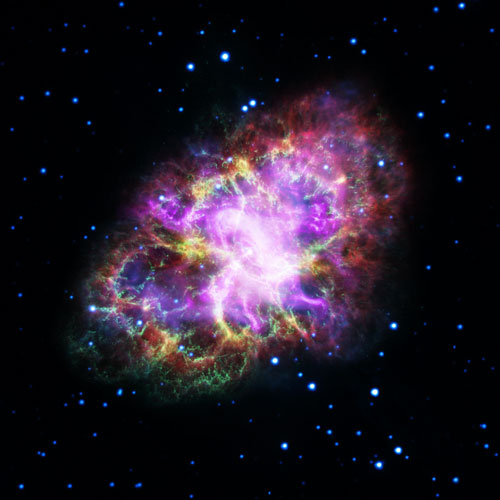 Researchers conducted an examination of the effects of a supernova that occured 2.6 million years ago on Earth's biology.
Researchers conducted an examination of the effects of a supernova that occured 2.6 million years ago on Earth's biology.
May 11th, 2017
Read more
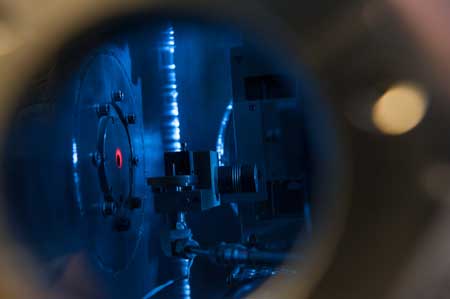 Laser plasma-based accelerator, used to mimic the types of space radiation which present a threat to astronauts and space technology - allowing realistic testing on earth.
Laser plasma-based accelerator, used to mimic the types of space radiation which present a threat to astronauts and space technology - allowing realistic testing on earth.
May 8th, 2017
Read more
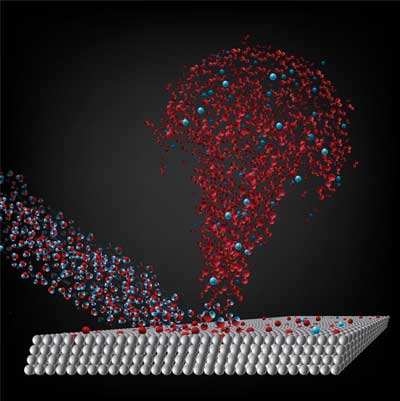 A chemical engineer who normally develops new ways to fabricate microprocessors in computers has figured out how to explain a nagging mystery in space - why comets expel oxygen gas, the same gas we humans breathe.
A chemical engineer who normally develops new ways to fabricate microprocessors in computers has figured out how to explain a nagging mystery in space - why comets expel oxygen gas, the same gas we humans breathe.
May 8th, 2017
Read more
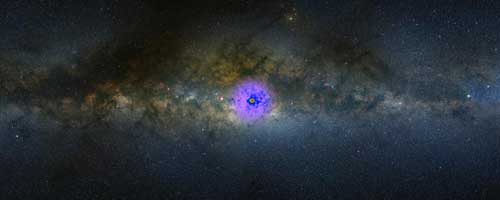 Galaxy's excessive gamma-ray glow likely comes from pulsars, the remains of collapsed ancient stars.
Galaxy's excessive gamma-ray glow likely comes from pulsars, the remains of collapsed ancient stars.
May 3rd, 2017
Read more
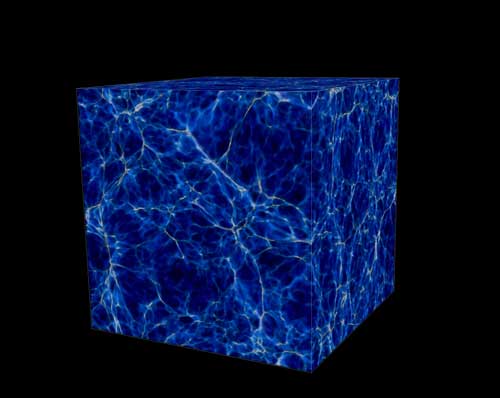 A team of astronomers has made the first measurements of small-scale ripples in primeval hydrogen gas using rare double quasars.
A team of astronomers has made the first measurements of small-scale ripples in primeval hydrogen gas using rare double quasars.
Apr 27th, 2017
Read more
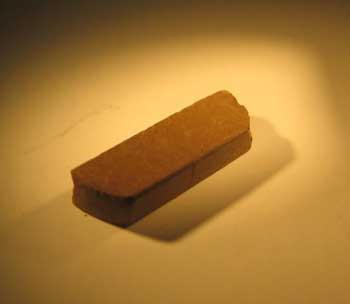 Explorers planning to settle on Mars might be able to turn the planet's red soil into bricks without needing to use an oven or additional ingredients. Instead, they would just need to apply pressure to compact the soil - the equivalent of a blow from a hammer.
Explorers planning to settle on Mars might be able to turn the planet's red soil into bricks without needing to use an oven or additional ingredients. Instead, they would just need to apply pressure to compact the soil - the equivalent of a blow from a hammer.
Apr 27th, 2017
Read more
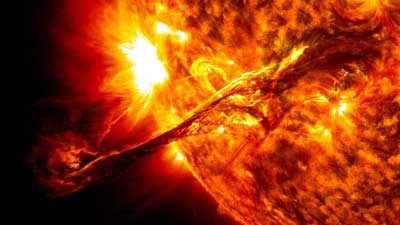 Scientists propose that a universal mechanism can explain the whole spectrum of solar eruptions. They used 3-D computer simulations to demonstrate that a variety of eruptions can theoretically be thought of as the same kind of event, only in different sizes and manifested in different ways.
Scientists propose that a universal mechanism can explain the whole spectrum of solar eruptions. They used 3-D computer simulations to demonstrate that a variety of eruptions can theoretically be thought of as the same kind of event, only in different sizes and manifested in different ways.
Apr 26th, 2017
Read more
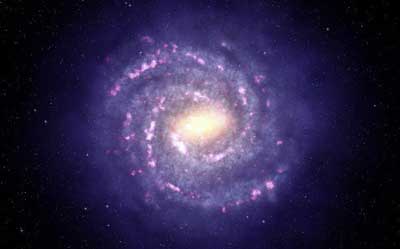 New surveys of the Milky Way found no aging trend for the element silicon, a fundamental building block of rocks throughout our solar system. This 'ageless' appearance may mean that the Milky Way is more efficient at mixing its contents than previously thought, thereby masking the telltale signs of chemical aging.
New surveys of the Milky Way found no aging trend for the element silicon, a fundamental building block of rocks throughout our solar system. This 'ageless' appearance may mean that the Milky Way is more efficient at mixing its contents than previously thought, thereby masking the telltale signs of chemical aging.
Apr 26th, 2017
Read more
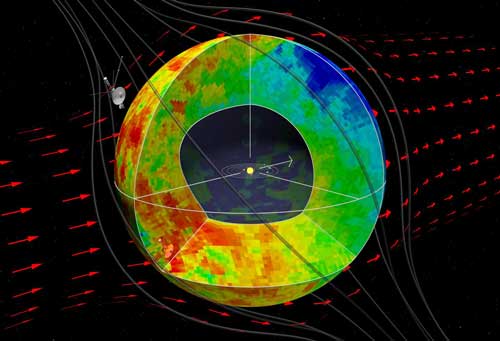 New data from NASA's Cassini mission, combined with measurements from the two Voyager spacecraft and the Interstellar Boundary Explorer, or IBEX, suggests that our sun and planets are surrounded by a giant, rounded system of magnetic field from the sun - calling into question the alternate view of the solar magnetic fields trailing behind the sun in the shape of a long comet tail.
New data from NASA's Cassini mission, combined with measurements from the two Voyager spacecraft and the Interstellar Boundary Explorer, or IBEX, suggests that our sun and planets are surrounded by a giant, rounded system of magnetic field from the sun - calling into question the alternate view of the solar magnetic fields trailing behind the sun in the shape of a long comet tail.
Apr 24th, 2017
Read more
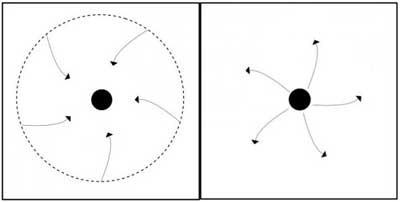 A team of scientists has found new ways to detect a bare or naked singularity, the most extreme object in the universe.
A team of scientists has found new ways to detect a bare or naked singularity, the most extreme object in the universe.
Apr 20th, 2017
Read more
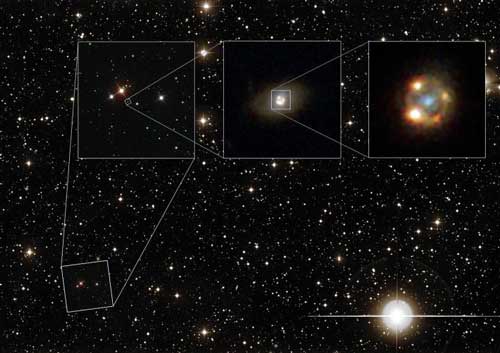 Lensed supernova will give insight into the expansion of the universe.
Lensed supernova will give insight into the expansion of the universe.
Apr 20th, 2017
Read more
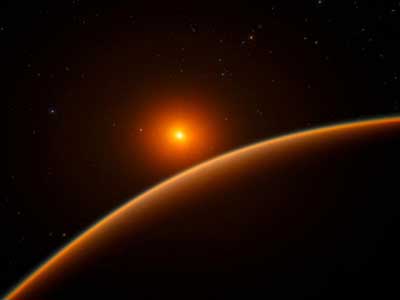 Transiting rocky super-Earth found in habitable zone of quiet red dwarf star.
Transiting rocky super-Earth found in habitable zone of quiet red dwarf star.
Apr 19th, 2017
Read more
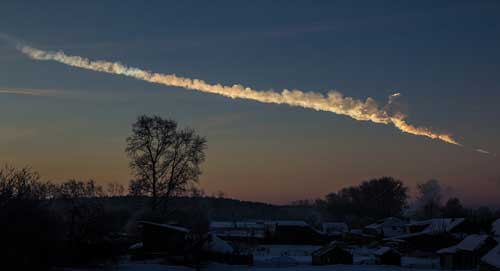 Violent winds, shock waves from impacts pose greatest threat to humans.
Violent winds, shock waves from impacts pose greatest threat to humans.
Apr 19th, 2017
Read more
 Using 3D numerical models, an international team has discovered a proxy that could be used to forecast an eruptive event. The proxy is associated with magnetic helicity, which reflects the extent of twist and entanglement of the magnetic field.
Using 3D numerical models, an international team has discovered a proxy that could be used to forecast an eruptive event. The proxy is associated with magnetic helicity, which reflects the extent of twist and entanglement of the magnetic field.
 Subscribe to our Space Exploration News feed
Subscribe to our Space Exploration News feed















